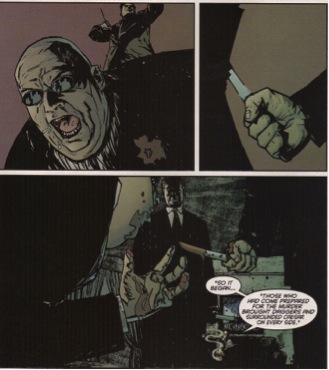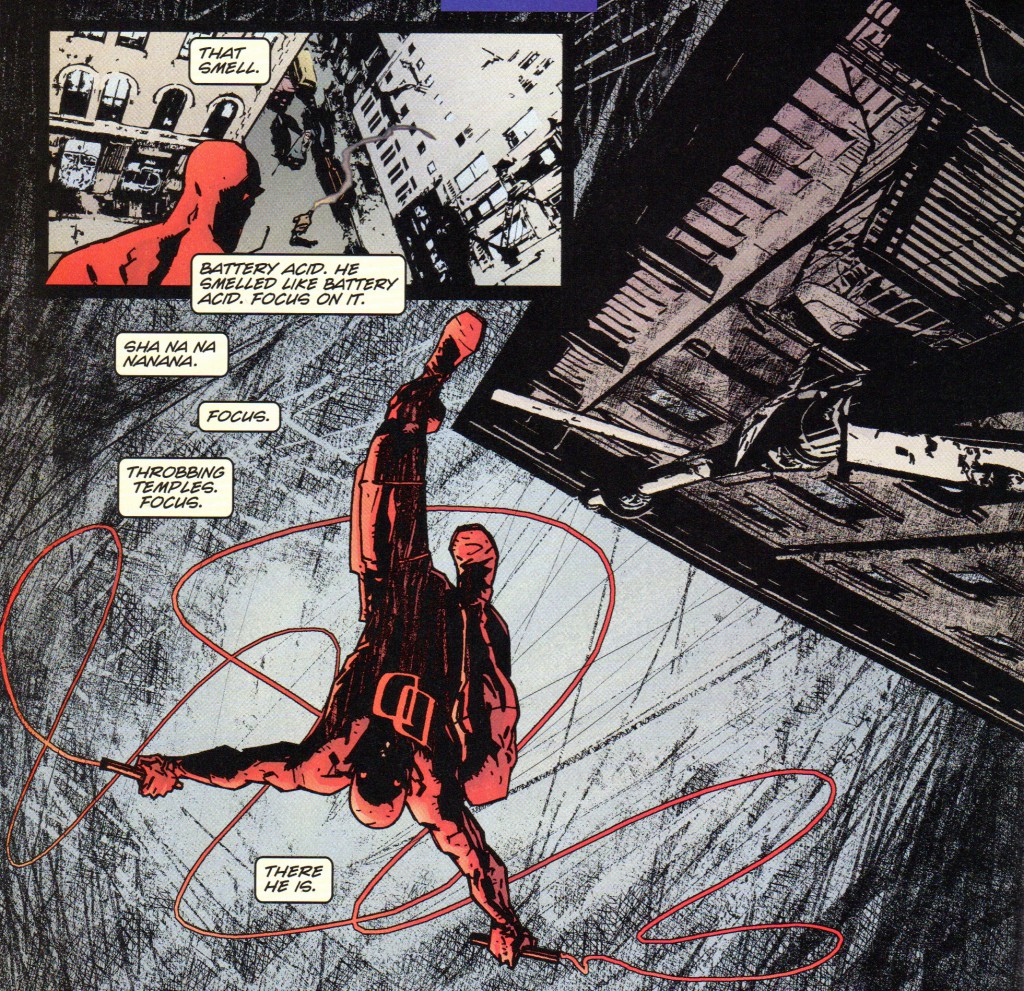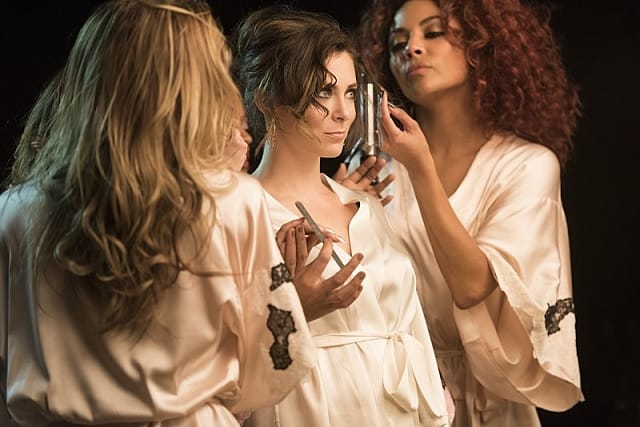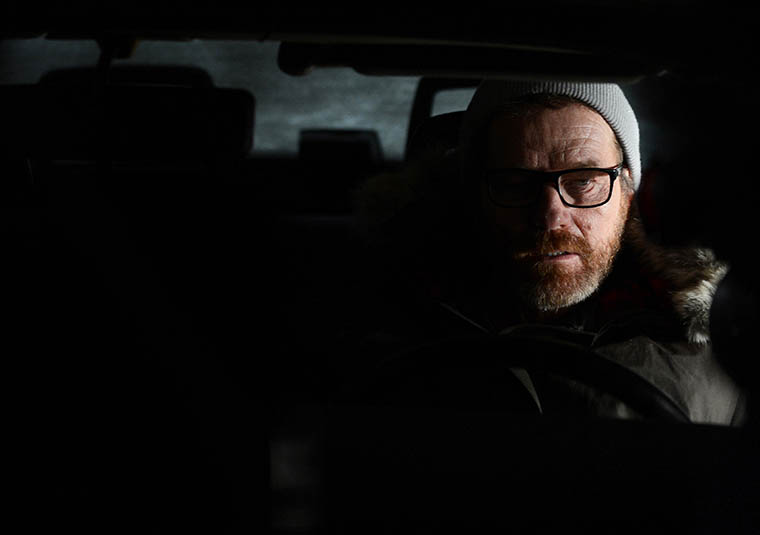Daredevil #26-31
Writer – Brian Michael Bendis
Art – Alex Maleev
Colours – Matt Hollingsworth
Publisher – Marvel Comics
Brian Michael Bendis and Alex Maleev’s run on Daredevil is one for the ages. Their run together with the man without fear is a sprawling crime noir epic on the scale of The Godfather saga – minus Godfather Part Three. Plain and simple, their run is a modern masterpiece.

Bendis’s run on Daredevil actually began paired with the magnificent art of David Mack with a couple of unique and very deeply different Daredevil stories. Though the focus here is to be on Bendis and Maleev, it is very difficult not to mention the introduction of Bendis’s voice to Daredevil without David Mack.
Their first storyline together was a four-part tale entitled “Wake Up”, told from the perspective of Daily Bugle reporter Ben Urich. The story alone deserves its own analysis, containing a true testament to the quality of both Bendis’s writing and Mack’s unique art style that is a mixture of watercoloured paintings with a collage of scattered frames. This experimental format is a perfect fit for Bendis’ story that outright challenges the repeated tale of the superhero versus the villain. It is made clear that Bendis is here to change not only the way Daredevil as a character has been approached, but the scope of a story within his mythos as well – exciting stuff indeed.
This unconventional breaking of the barriers of the frame through Mack’s art allowed the doors to open for Bendis’s pairing with Alex Maleev, starting with their first storyline together: “Underboss.” Daredevil #26 is a confident beginning if there ever was one. A character by the name of Mr. Silke is introduced, donning these yellow tinged glasses that would put the douchebaggery within Bono to shame. Silke tells a story of how much the past and present differ with regards to how hitmen were originally hired to kill people – contrasting the present time where costumed assassins are hired to eliminated their costumed opposites. Silke is a man from the past. He is an old school criminal that believes in what the past has to teach us in the present, to never forget the original doctrines that worked and those that failed.
It definitely feels like Bendis is paying tribute to past Daredevil creative teams, honouring their impacts but at the same time, paving the way for the new guys in Hell’s Kitchen. This long form dialogue is a staple for Bendis and Maleev’s run, creating this powerful Shakespearean flow of words alongside this grand cinematic tone. At the same time as well, visual language is played with often through a lack of dialogue. This is notable in the consistent use of silent frames and silent issues like Daredevil #28, allowing for a more dramatic punch to Maleev’s images.
 Silke continues his ranting dialogue to his audience of criminals, containing none other than the ‘king’ of the underworld: Wilson Fisk. Fisk, better known as the Kingpin, asks for Silke to leave the city, resulting from an unknown reason as of yet. The unthinkable occurs. Silke begins to recount the tale of Julius Caesar, commencing in Kingpin’s own men turning on the crime boss, repeatedly stabbing the man over and over again. Et tu Silke? We haven’t even seen Daredevil yet!
Silke continues his ranting dialogue to his audience of criminals, containing none other than the ‘king’ of the underworld: Wilson Fisk. Fisk, better known as the Kingpin, asks for Silke to leave the city, resulting from an unknown reason as of yet. The unthinkable occurs. Silke begins to recount the tale of Julius Caesar, commencing in Kingpin’s own men turning on the crime boss, repeatedly stabbing the man over and over again. Et tu Silke? We haven’t even seen Daredevil yet!
Maleev’s art with Hollingsworth’s colours is immediately on display here. Maleev’s art is very noir like, with an intense amount of dark shadows, over both faces and the backgrounds. There is a heavy use of black and darker toned backgrounds, forming Hell’s Kitchen into a very dirty and grimy place. There isn’t much room for the sun in Maleev and Bendis’s run. Alongside the art, Bendis’s script begins with a bang, evident that there is much more in store to come; the fresco is only a sketch at the moment.
One week earlier, we are taken to Matt Murdock in court. As he leaves the courtroom, succeeding in yet another case, he smells something coming from a man in the crowd, setting off a sixth sense of his. Before Matt can react, a massive shockwave ruptures from the man, sending everyone flying. Matt recovers in time to don the red suit, becoming Daredevil to hunt down this mysterious man. Amongst the mayhem, Bendis imbeds some of his trademark humour. Matt is trying to focus through the layers of sounds and smells, fighting through the smell of vomit in the distance and the sound of someone blaring Frampton Comes Alive, to the extreme dislike of Hornhead. The comedic timing of Bendis is utilized well throughout, considering the dark and brooding nature of the storyline.
Daredevil catches up with the man, confronting him as Matt takes another shockwave blast. The darker toned red of Daredevil’s suit really pops out, mixing well with the scratchy, rough backgrounds; clearly, Daredevil is the light out of the dark tunnel that is Hells Kitchen, though the light isn’t that bright. Daredevil threatens the man, angrily spewing his words as he outright threatens to kill this assassin. The tone is set pretty clearly here: this is a very, very angry Daredevil and is not afraid to take out his emotions on those that threaten not only Matt’s life, but the people that he surrounds himself with. Somebody is attempting to change the status quo of the city and Daredevil is only one part of the plan.
It is quickly established that there will be a wider scope of characters beginning in “Underboss”, each individual containing a unique voice that will play pivotal roles in the upcoming issues. Bendis plans on utilizing more minor characters, developing their backstories and present involvements in the Daredevil universe. Things are about to get out of control.







